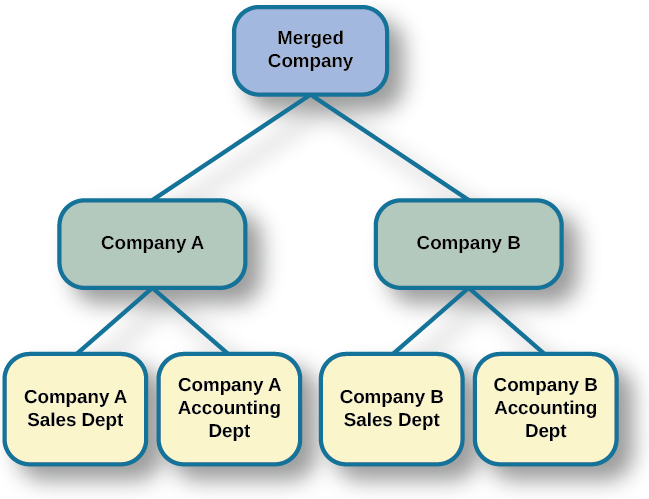| << Chapter < Page | Chapter >> Page > |

Many people juggle the demands of work life with the demands of their home life, whether it be caring for children or taking care of an elderly parent; this is known as work-family balance . We might commonly think about work interfering with family, but it is also the case that family responsibilities may conflict with work obligations (Carlson, Kacmar,&Williams, 2000). Greenhaus and Beutell (1985) first identified three sources of work–family conflicts:
Women often have greater responsibility for family demands, including home care, child care, and caring for aging parents, yet men in the United States are increasingly assuming a greater share of domestic responsibilities. However, research has documented that women report greater levels of stress from work–family conflict (Gyllensten&Palmer, 2005).
There are many ways to decrease work–family conflict and improve people’s job satisfaction (Posig&Kickul, 2004). These include support in the home, which can take various forms: emotional (listening), practical (help with chores). Workplace support can include understanding supervisors, flextime, leave with pay, and telecommuting. Flextime usually involves a requirement of core hours spent in the workplace around which the employee may schedule his arrival and departure from work to meet family demands. Telecommuting involves employees working at home and setting their own hours, which allows them to work during different parts of the day, and to spend part of the day with their family. Recall that Yahoo! had a policy of allowing employees to telecommute and then rescinded the policy. There are also organizations that have onsite daycare centers, and some companies even have onsite fitness centers and health clinics. In a study of the effectiveness of different coping methods, Lapierre&Allen (2006) found practical support from home more important than emotional support. They also found that immediate-supervisor support for a worker significantly reduced work–family conflict through such mechanisms as allowing an employee the flexibility needed to fulfill family obligations. In contrast, flextime did not help with coping and telecommuting actually made things worse, perhaps reflecting the fact that being at home intensifies the conflict between work and family because with the employee in the home, the demands of family are more evident.
Posig&Kickul (2004) identify exemplar corporations with policies designed to reduce work–family conflict. Examples include IBM’s policy of three years of job-guaranteed leave after the birth of a child, Lucent Technologies offer of one year’s childbirth leave at half pay, and SC Johnson’s program of concierge services for daytime errands.

Notification Switch
Would you like to follow the 'Psychology' conversation and receive update notifications?